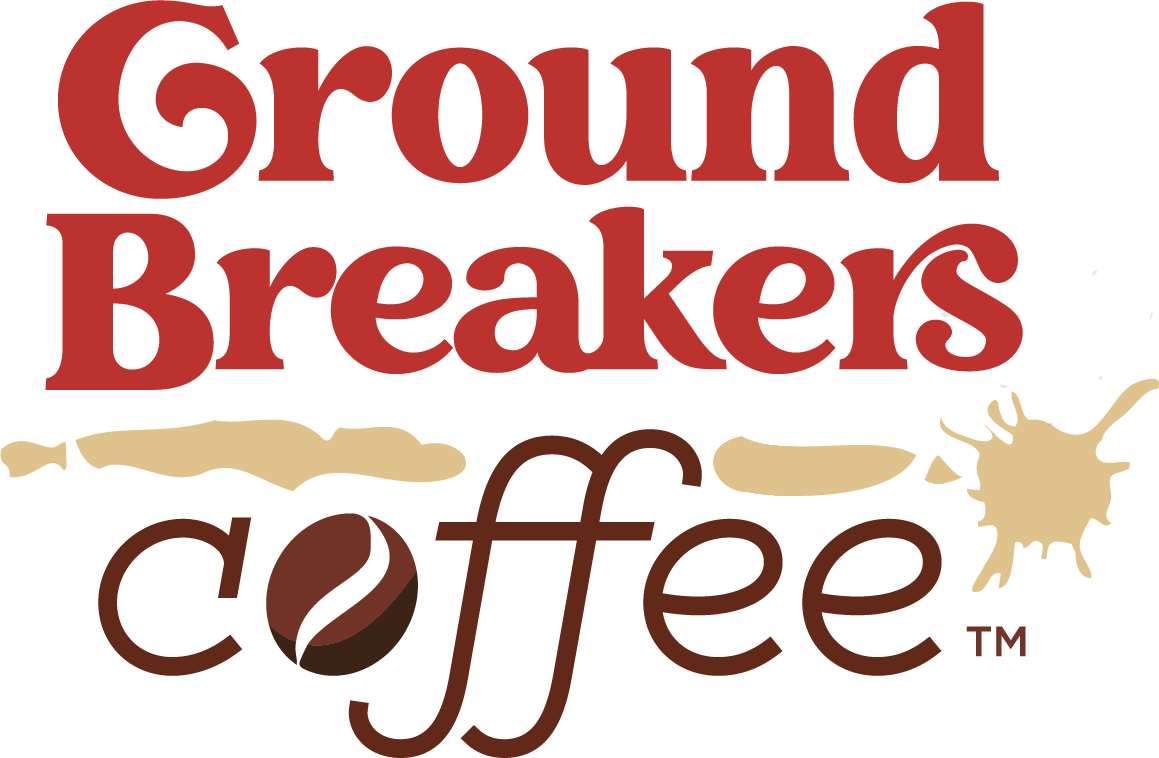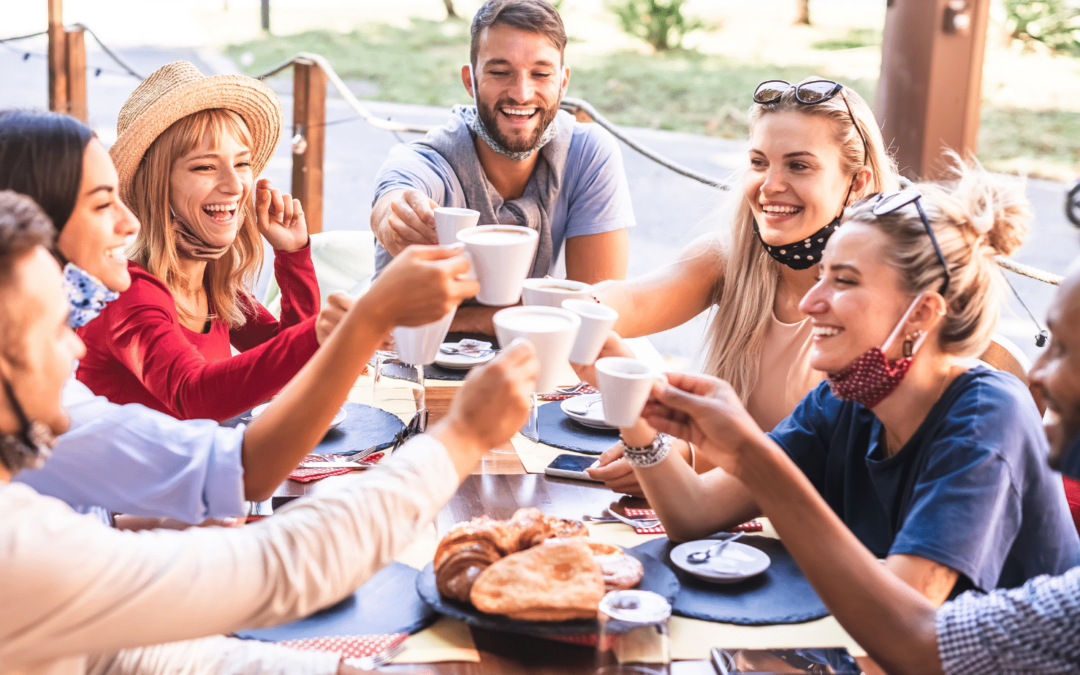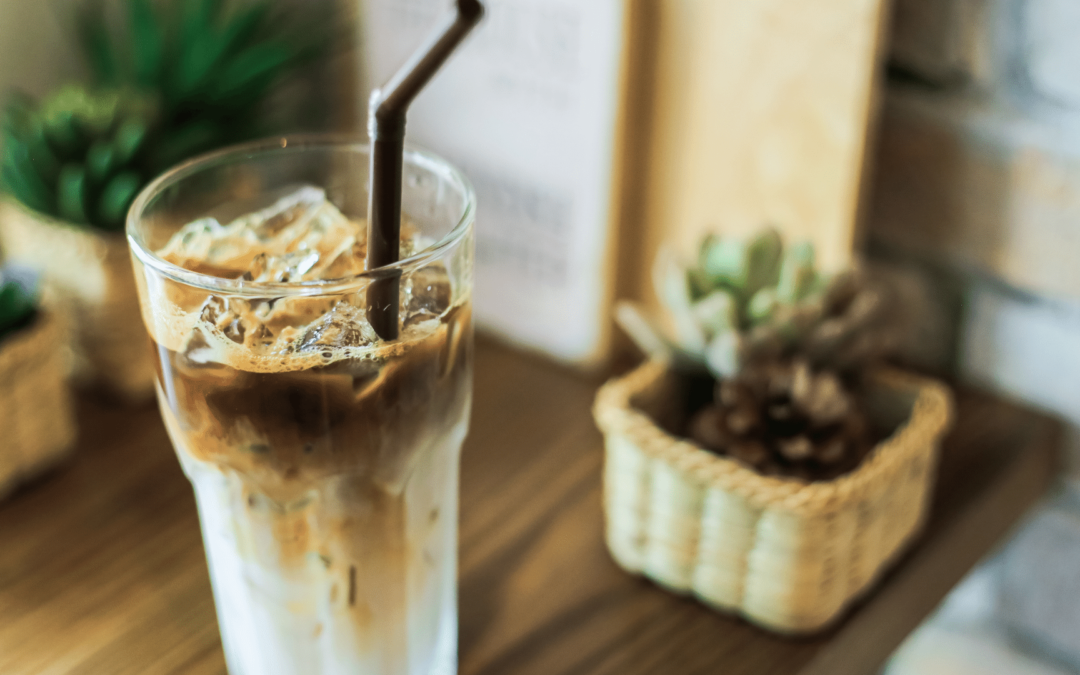☕Beginner’s Guide – Specialty Coffee
Welcome to the world of specialty coffee—where your daily brew becomes a flavorful, intentional experience instead of a mindless caffeine fix. Whether you’re a coffee curious newbie or someone looking to upgrade from store-bought grounds, this beginner’s guide to specialty grade coffee will help you understand what makes it different, why it matters, and how to start brewing like a barista at home.
Let’s decode the beans, the brew, and the buzz—one cup at a time.
🌍 What Is Specialty Grade Coffee?
Specialty coffee refers to coffee that scores 80 points or higher on a 100-point scale by certified coffee graders (Q Graders), based on criteria like aroma, flavor, body, acidity, and aftertaste. But it’s more than a score—it’s a movement built on:
- Exceptional farming and harvesting practices
- Ethical sourcing and direct trade
- Expert roasting and transparency
- Careful brewing to highlight flavor nuances
It’s the third wave of coffee—an appreciation of quality, sustainability, and craftsmanship.
SEO Keywords: what is specialty coffee, beginner’s guide to coffee, coffee grades explained, high quality coffee beans
☕ Why Specialty Coffee Is Worth Exploring
Let’s break it down:
You’re probably used to buying mass-produced, pre-ground coffee from the supermarket. It’s convenient, but often stale, low-grade, and over-roasted to mask defects.
Specialty grade coffee, on the other hand:
- Is made from 100% Arabica beans
- Is traceable back to the farm or co-op
- Has complex flavors (think fruity, floral, chocolatey)
- Supports small-scale, ethical farming
- Tastes dramatically better—fresh, clean, and vibrant
Even if you’re not a coffee connoisseur (yet), you’ll taste the difference in the first sip.
🔍 How Is Specialty Coffee Graded?
Coffee grading is serious business. Here’s what goes into that magical 80+ score:
| Attribute | What It Means |
| Fragrance/Aroma | How the dry and wet grounds smell |
| Flavor | Balance, clarity, and complexity |
| Acidity | Brightness or liveliness in the cup |
| Body | Texture or weight on the palate |
| Aftertaste | Lingering flavors post-sip |
| Uniformity | Consistency across multiple cups |
| Sweetness | Natural sugar-like quality |
| Clean Cup | Lack of defects or off-notes |
Beans are tasted (cupped) by professionals in a controlled setting to ensure objectivity.
Keywords: coffee grading explained, what makes coffee specialty grade, cupping process coffee
🧠 Key Terms to Know (Without the Snobbery)
Don’t let coffee lingo scare you off—here are the basics:
- Arabica: The highest-quality coffee species; smoother and sweeter than Robusta.
- Single-Origin: Beans from one location or farm = more flavor clarity.
- Direct Trade: Roasters buy directly from farmers = better pay and transparency.
- Light Roast: Highlights origin flavors—ideal for specialty beans.
- Notes: The tasting hints you’ll find (e.g. berry, caramel, citrus).
Beginner tip: You don’t need to identify 10 tasting notes. Just try describing what you taste. It’s about enjoyment, not expertise.
🌎 Where Specialty Coffee Comes From
Great coffee grows in the Coffee Belt, between the Tropics of Cancer and Capricorn. The top specialty regions include:
- Ethiopia: Floral, tea-like, complex
- Colombia: Balanced, nutty, chocolatey
- Kenya: Bright, fruity, tangy acidity
- Guatemala: Sweet, spicy, full-bodied
- Costa Rica: Clean, citrusy, smooth
- Yemen: Wild, winey, earthy
Different altitudes, soil types, and processing methods impact flavor—kind of like wine.
Keywords: best countries for specialty coffee, coffee origin flavors, coffee regions for beginners
🛍️ How to Buy Specialty Coffee: What to Look For
Skip the vacuum-sealed canisters. Look for these when shopping:
✅ Roast Date – Fresher is better (consume within 2–4 weeks of roast).
✅ Origin Info – Country, farm, altitude, and process should be listed.
✅ Roast Profile – Light or medium for flavor clarity.
✅ Whole Beans – Grind at home for maximum freshness.
✅ Transparent Labeling – Specialty roasters take pride in the details.
Where to Buy:
- Local roasters and cafés
- Online specialty coffee subscriptions
- Farmers markets or co-ops
- Direct from origin (many farms ship globally now!)
Keywords: how to buy specialty coffee, best specialty coffee brands, what to look for in quality coffee
🧂 How to Brew Specialty Coffee at Home
No need for a $2,000 espresso machine—just a few tools and some love:
Top Brewing Methods for Beginners:
- Pour Over (Hario V60 or Chemex): Bright and clean—perfect for tasting nuances.
- French Press: Full-bodied and easy.
- Aeropress: Fast, travel-friendly, and great for experimenting.
- Drip Brewer (with metal or paper filters): Consistent, hands-off approach.
Gear You’ll Need:
- A burr grinder (for even grounds)
- A gooseneck kettle (for pour control)
- A kitchen scale (consistency is key)
- A timer and patience
Golden ratio for brewing:
1:16 — That’s 1 gram of coffee to every 16 grams of water.
Keywords: best coffee brewing methods, how to brew specialty coffee at home, coffee gear for beginners
🍯 How to Taste Coffee (Without Being a Snob)
Coffee tasting is subjective—there’s no wrong way to enjoy it. But here’s how to explore flavor like a pro:
- Smell it first. Note any floral, fruity, or earthy tones.
- Take a small sip. Let it roll over your tongue.
- Notice the body. Is it light like tea or heavy like cream?
- Pick out notes. Chocolate? Lemon? Nuts? It’s all fair game.
- Evaluate the aftertaste. Does it linger pleasantly?
Bonus tip: Try the same beans brewed two ways (e.g., French press vs. pour over). You’ll be amazed at the difference.
Keywords: how to taste coffee like a pro, coffee tasting for beginners, identifying coffee flavors
🔁 Specialty Coffee & Sustainability
Choosing specialty grade coffee isn’t just good for your tastebuds—it’s better for the planet and people, too.
Many specialty roasters prioritize:
- Direct trade relationships
- Fair wages for farmers
- Eco-friendly farming practices
- Packaging with less waste
- Community building through education and transparency
In short, it’s coffee with consciousness.
Keywords: ethical coffee sourcing, sustainable specialty coffee, fair trade vs. direct trade
☕ Final Sip: Start Your Specialty Coffee Journey
Specialty coffee is more than just a fancy bean—it’s a shift in mindset. A better brew starts with curiosity, quality ingredients, and a willingness to slow down and enjoy.
Start small:
- Try one new origin
- Brew with intention
- Support a local roaster
- Keep tasting and learning
You don’t need to be a barista or a flavor note savant—you just need to be open to the experience.









